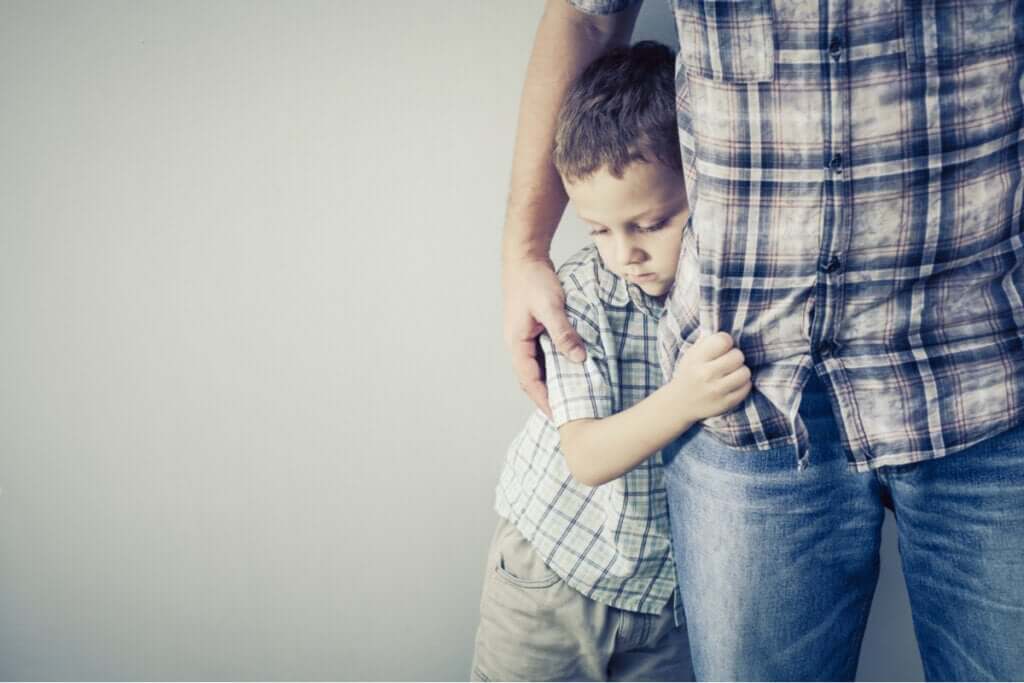Imagine watching a fantastic movie with your child, at first you have no doubt, because you have chosen content for all ages, however, let’s say a strange being appears and your child is afraid of this. these kids?
You know it’s just a movie and it’s not real, yet your child’s understanding of the world and reasoning ability are much lower than yours, so explain that what he sees or hears isn’t real and therefore doesn’t pose a threat. , can be a valid option.
- Now let’s say it doesn’t make sense to explain to the child that what he sees is not real; she’s still afraid.
- What can you do? Maybe pause the movie.
- For example.
- However.
- Remember that fear can be left there.
- Implicit or explicit in your mind.
We take the example of a film, but the fears of children can be very varied, it is common for them to appear at night, in times of darkness, when they have to sleep alone, for example, we could also talk about fear of strangers, leave home?Fears are many and varied for each child.
Don’t be afraid of prison, poverty or death. Afraid of fear?. -Giacomo Leopard-
Childish fears are common. Therefore, the child has to feel supported, in this way he will have more confidence in himself and easily eliminate unnecessary fears, for this is very important the work of parents, teachers, caregivers, mentors, family and monitors.
It’s interesting not to scare the kids unnecessarily. Let’s avoid situations like scarecrows will take you if you don’t fall asleep,” for example. Let’s make it clear that the characters in a story, movie or series are simply that they invented meaningless characters in reality, or at least have less sense than we end up giving them.
Let’s remember empathy. We cannot judge the world with our adult capacity and make the child see it in the same way, we must show empathy, not minimize their problems and, above all, not ridicule the child or make fun of a situation that is small for you. but he finds that terrifying.
If the child is afraid, it is important to convey safety to him, it is better not to ignore his fears or lie to him, sincerity and honesty will help the child not to suffer, as far as possible, it is necessary to put the truth in perspective, so that he can see that it is not as frightening as he might have realized at first.
If the child is afraid, dealing with what terrifies him is not usually the best solution, in fact, we could achieve exactly the opposite and intensify the fear so that he does not have to watch a movie that he does not want, face an encounter with a dog, get on a roller coaster or understand a scary story, to name just a few common examples.
It’s also important that your own fears stay with you and don’t pass on to the children, if you think this can happen, you’ll have to confront your fears to alleviate them and prevent the child from feeling them too.
When we see that the child is afraid of something we consider silly, we can make mistakes such as calling it “loose,” “scary,” or “childish. “That’s not a good idea. In addition to not helping the child, it also makes him more insecure and misunderstood.
It is not good for the child to face fear alone; being alone in a dark room can increase your anxiety and perpetuate that fear.
Nor is it good to increase the child’s fears, it is important that you understand that you understand it, but exaggerated demonstrations and excesses will make you believe that the danger is greater than you imagine.
Never ignore the child. Use your empathy, find the most logical way to explain the situation, and help her solve the problem. Can we judge the reality of the threat he fears, but not his fear, which is perfectly reasonable with your perception.
In short, how do you act when the child is afraid?Here are some ideas that can be put into practice to complement the above:
These recommendations can help you know how to respond to children’s fears, keep in mind that if the situation persists, it’s a good idea to see a specialist.

